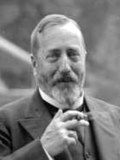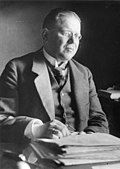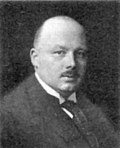| Minister of Finance | |
|---|---|
| Finanzminister | |
 | |
 | |
| Federal Ministry of Finance | |
| Member of | Federal Cabinet |
| Appointer | The chancellor |
| Formation | 1880 |
| First holder | Adolf von Scholz |
The minister of finance of Germany (German : Finanzminister) is the head of the Federal Ministry of Finance and a member of the Federal Cabinet.



















